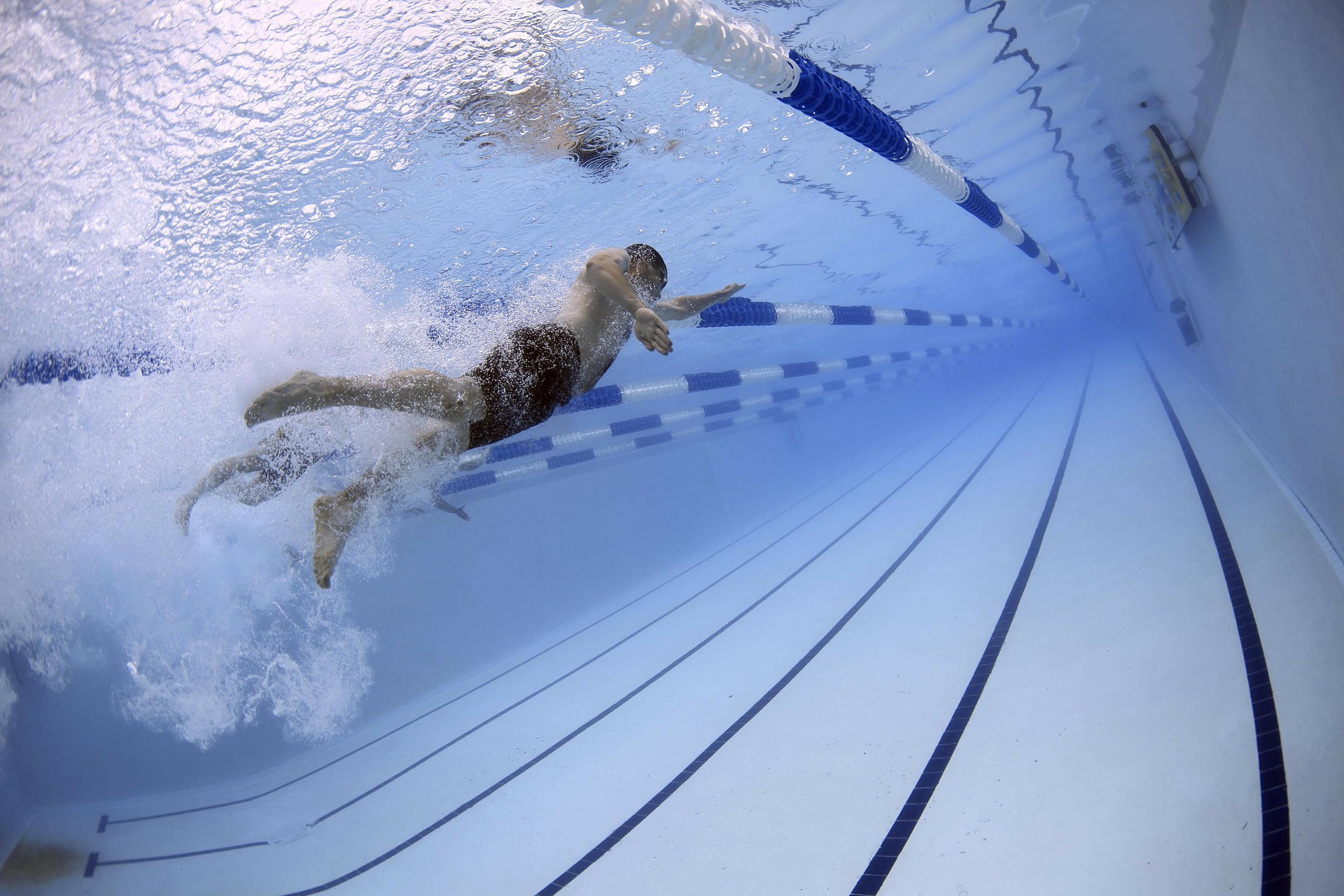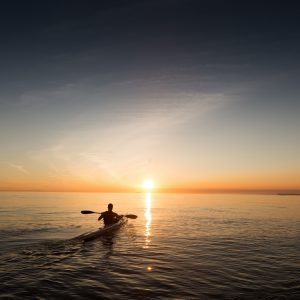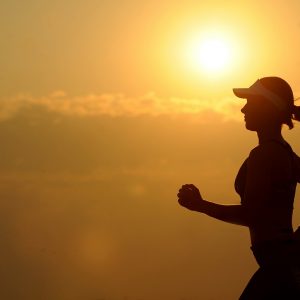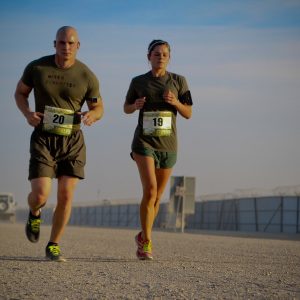Here’s what one of our students said about this course: “I learnt a lot about the whole aqua fitness industry, not just one area e.g. learn to swim or aerobics”. Alison
COURSE CONTENT
There are seven lessons in this module, as follows:
- Introduction
- Equipment & Facilities
- Types of Exercises
- Hydrostatic and Hydrodynamic Principles
- Safety & Health
- Program Design
- Leading a Program
AIMS
- an understanding of how aquafitness activities differ from other fitness activities.
- skills and knowledge which will aid in the selection, use and management of equipment and facilities required for aquafitness activities.
- an understanding of a wide range of different aerobic and anaerobic movements that can be used in aquafitness programs.
- an understanding of the principles underlying the design of an appropriate aquafitness program.
- an understanding of the aquafitness training requirements of special needs groups.
- skills in the design and delivery of appropriate aqua based programs to improve/maintain aerobic fitness.
- an understanding of skills that will enable better leadership of an aqua fitness session.
WHAT YOU WILL DO IN THIS COURSE
- What would typical responses to exercising in water be, for each of the following:
- A middle aged man who had done little exercise for the past ten years.
- A young female adult who has been active in sport through high school and after school years.
- an elderly lady who has had hip surgery in the previous few years.
- Either visualise someone running or go and see someone in action (either on a track or on a treadmill in a gym). Explain the different forces on the runner as compared to someone in the water doing a similar exercise. Areas to consider include:
- gravity pressure
- sidewards pressure
- joint pressure
- speed.
- In a manner similar to the way you answered question 2 of this lesson, compare the differences that occur between weight training and aqua training.
- Go to an aquafitness location/provider and enquire from the managers or staff on how they select equipment. Do they select according to need, trend, function or price? Why do they select the equipment they have? What is the range of equipment they have available?
- At the same location, ask about maintenance of other facilities. How often are they in need of cleaning, who does it, what equipment is used, etc?
- Investigate any other equipment that can be used by aquafitness instructors that are not mentioned in this text. Where can they be purchased from? How much are they? What use have they? Try to obtain brochures.
- Perform a range of aqua-exercises (eg. warm up, aerobic exercises and resistance) and a number of stretches covering all major body parts. Record your performance of these on VHS video. Submit the video to the school. The tape should be about 1 hour in length.
- Observe an aquafitness session. Ideally you should obtain permission to visit a health club or gymnasium and observe a class. If held in a public pool, you might be able to make these observations without obtaining formal permission.
- If a pregnant women came to your class right at the beginning and wanted to join in what would you say and do? Take for granted that she is relatively new to the centre.
- List 10 important factors you need to consider when working with a group of children.
- List 10 important factors you need to consider when working with a group of older adults who have not exercised for many years.





